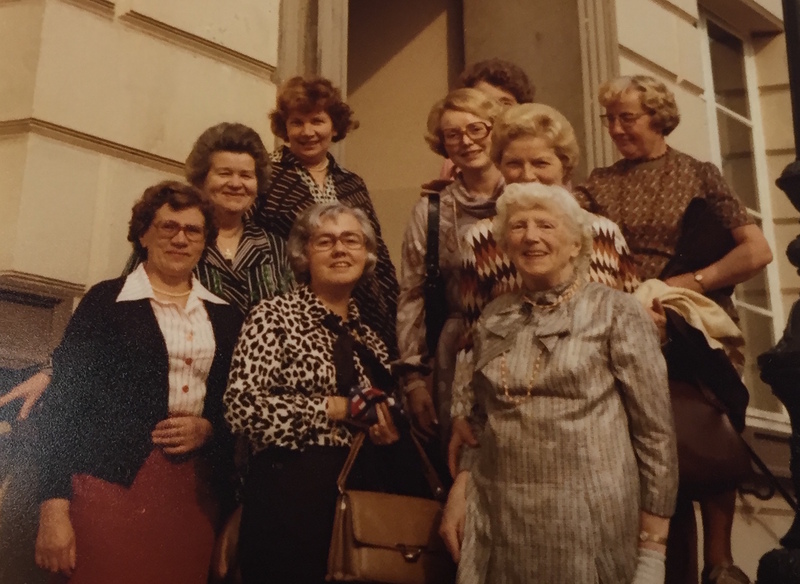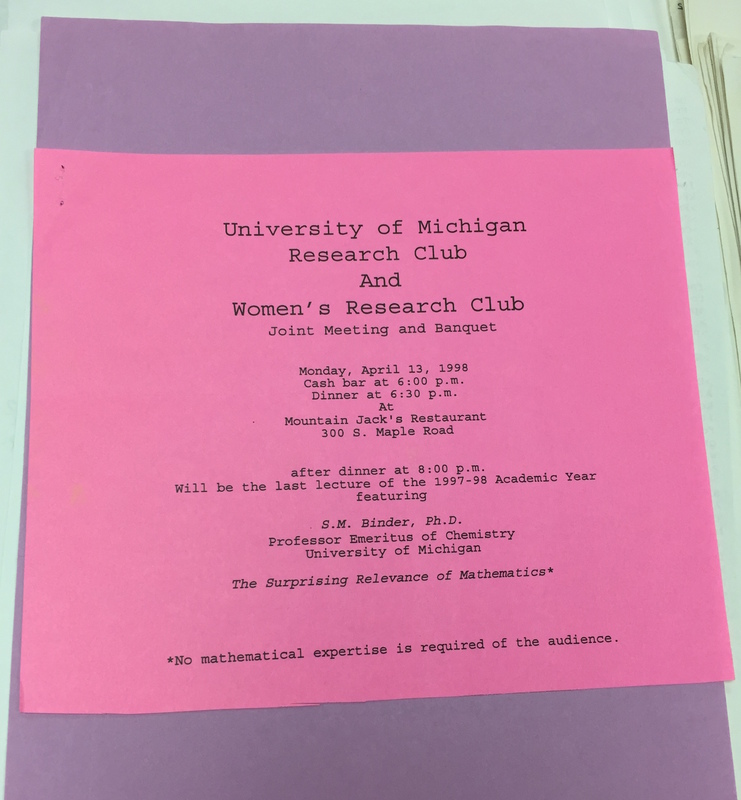Women's Research Club
The Women's Research Club was founded in order to create a space where women could share and conduct research together without the threat of male domination that was prevalent in academia. On October 27, 1902, a group of women met to organize the third research club of the University of Michigan. The other two male-dominated research clubs had dismissed their requests to join, so these women decided to create their own academic club.1 The women were a diverse group of faculty wives, scholars, and lecturers who conducted research in the sciences, humanities, and social sciences.
Over the years, the club evolved. Graduate students and visiting scholars conducting original research were invited to become members, including women researchers from nearby Eastern Michigan University. Several accomplishments of the club included a loan fund that aided many women in their research and joint meetings with the other University of Michigan research clubs.2
Over the years, the group debated several issues including allowing men to join and whether they should merge with the other research clubs on campus. Although the group remained independent, in 1975 the first male member joined.3 Dwindling membership caused the club to disband in 1999 after 97 years. Many of their members were influential women on campus.
1. "The Women's Research Club," Folder "Histories of the Women's Research Club," Box 1, Women's Research Club University of Michigan Records 1902-1999, Bentley Historical Library, University of Michigan.
2. Ibid.
3. Marilynn M Rosenthal and Ruth Margaret Brend, Ninety years with the Women's Research Club, University of Michigan: A Retrospective (Ann Arbor: University of Michigan Press, 1992).



